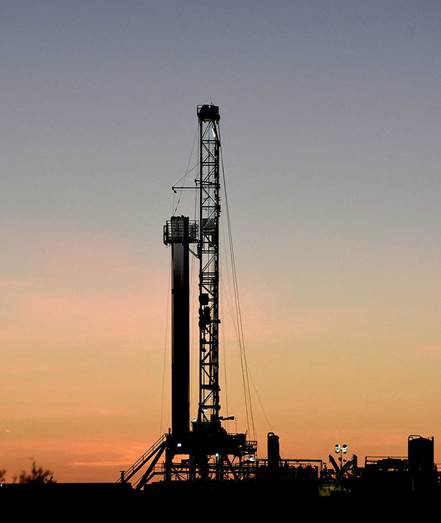U.S. BILL ON CLIMATE ACTION

Copyright infringement is not intended
Context: U.S. Senate approved a bill titled the Inflation Reduction Act (IRA) 2022. The IRA has a special focus on climate, healthcare, and tax provisions to address inflation.
Details:
- The Bill marks the largest American investment aimed toward making the U.S. a leader in clean energy.
- It provides a tax deduction to low and middle-income households to go electric and seeks to lower the energy bills of U.S. households.
- For disadvantaged low-income communities and tribal communities, the Bill provides funding to benefit from zero-emission technologies.
- It also imposes a fee on methane leaks from oil and gas drilling.
- However, climate advocates criticise the bill for coupling the development of renewable energy, which is the cause of global warming, with land leasing for oil and gas drilling.
What are the climate change provisions?
- The Bill marks the largest American investment aimed toward making the U.S. a leader in clean energy.
- It includes packages worth $369 billion for the clean energy transition.
- It provides a tax deduction to low and middle-income households to go electric and seeks to lower the energy bills of American households.
- It also aims to bolster the domestic production of heat pumps and critical minerals.
- For disadvantaged low-income communities and tribal communities, the Bill provides funding to benefit from zero-emission technologies which reduce greenhouse gas emissions, enhance climate resilience, and mitigate risks from extreme heat.
- The Bill provides significant investment in renewable energy through heavy tax credits for wind and solar energy projects and electric vehicles.
- Additionally, the Bill imposes a tax on the largest and most profitable companies in order that they pay their fair share, without levying any taxes on households with income less than $40,000 per annum.
- It also imposes a fee on methane leaks from oil and gas drilling.
- At the same time, the Bill also aims at more investments in fossil fuels.
- It seeks to expand oil and gas drilling, with the federal government offering land for onshore and offshore drilling as a prerequisite for developing renewable energy.
- Thus, it handcuffs the expansion of oil and gas with renewable energy development.
Why does the U.S. want to invest in addressing climate change?
- The U.S is currently facing extreme climate threats. This includes heatwaves, wildfires, cyclones, floods, and hurricanes that have become frequent and intense in the past few years.
- Additionally, President Joe Biden has also undertaken certain climate commitments. Climate action has been a priority since he came into office. In 2021, he committed to the new ambitious target of cutting emissions by 50-52% below 2005 levels by 2030 and signed a new methane deal to curb methane emissions from the oil and gas industry.
- He introduced the Build Back Better plan which was a multi-trillion deal with key provisions for climate change.
- In May 2022, the Biden administration revoked the Alaska oil and gas drilling lease sales in the backdrop of soaring fuel prices, a move that is consistent with its climate commitment.
Criticism:
- The legislation faced criticism not only from Republicans but also from a section within the Democrats along with fossil fuel supporters, and climate advocates.
- Climate advocates criticise the bill for coupling the development of renewable energy, which is the cause of global warming, with land leasing for oil and gas drilling. The Bill still contains giveaways to the fossil fuel sector.
How does the Bill help the U.S. achieve its climate targets?
- The Bill being the largest-ever investment in addressing the climate crisis in U.S. history, will help the nation get closer to its climate target of reducing 50-52% emissions below 2005 levels by 2030.
- According to an estimate by the Rhodium Group, the investments in the Bill could reduce greenhouse gas emissions by 31 to 44% by 2030.
Have similar climate packages been announced by other countries?
- In May 2022, Japan announced its ‘Invest in Kisida’ plan which aims for a $1.1 trillion investment to bolster the Japanese economy.
- As part of the plan, the country aims to transition to clean energy and achieve 46% reduction in greenhouse gas emissions by 2030.
- In June 2021, the European Union (EU) proposed a similar ‘Fit for 55’ plan to reduce emissions by 55% by 2030. The plan is expected to become law soon. Being the largest emitters, both the U.S. and the EU can play a significant role in taking responsibility for historical emissions.
https://epaper.thehindu.com/Home/ShareArticle?OrgId=G8HA4S5M9.1&imageview=0




1.png)
